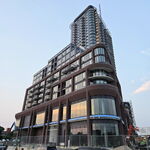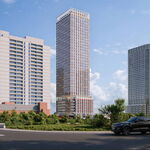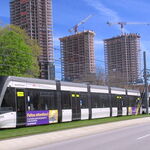Northern Light
Superstar
GO Transit is making service adjustments next week, on February 21st (day after Family Day).
Most of it is just some minor shuffling of train lengths.
The only service expansion I noted was extended 30M frequency after 9:30pm at night on LSW. (currently, this service is hourly west of Exhibition)
 www.gotransit.com
www.gotransit.com
Most of it is just some minor shuffling of train lengths.
The only service expansion I noted was extended 30M frequency after 9:30pm at night on LSW. (currently, this service is hourly west of Exhibition)
Train Schedule Changes | Service Updates | GO Transit
We’re making time changes to some weekday Lakeshore East and Lakeshore West train trips, some weekday and weekend Barrie line trips, and to some GO bus trips.





